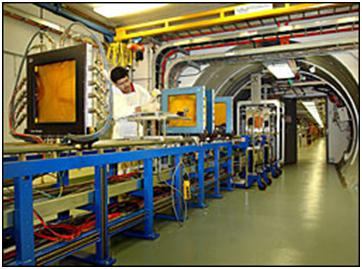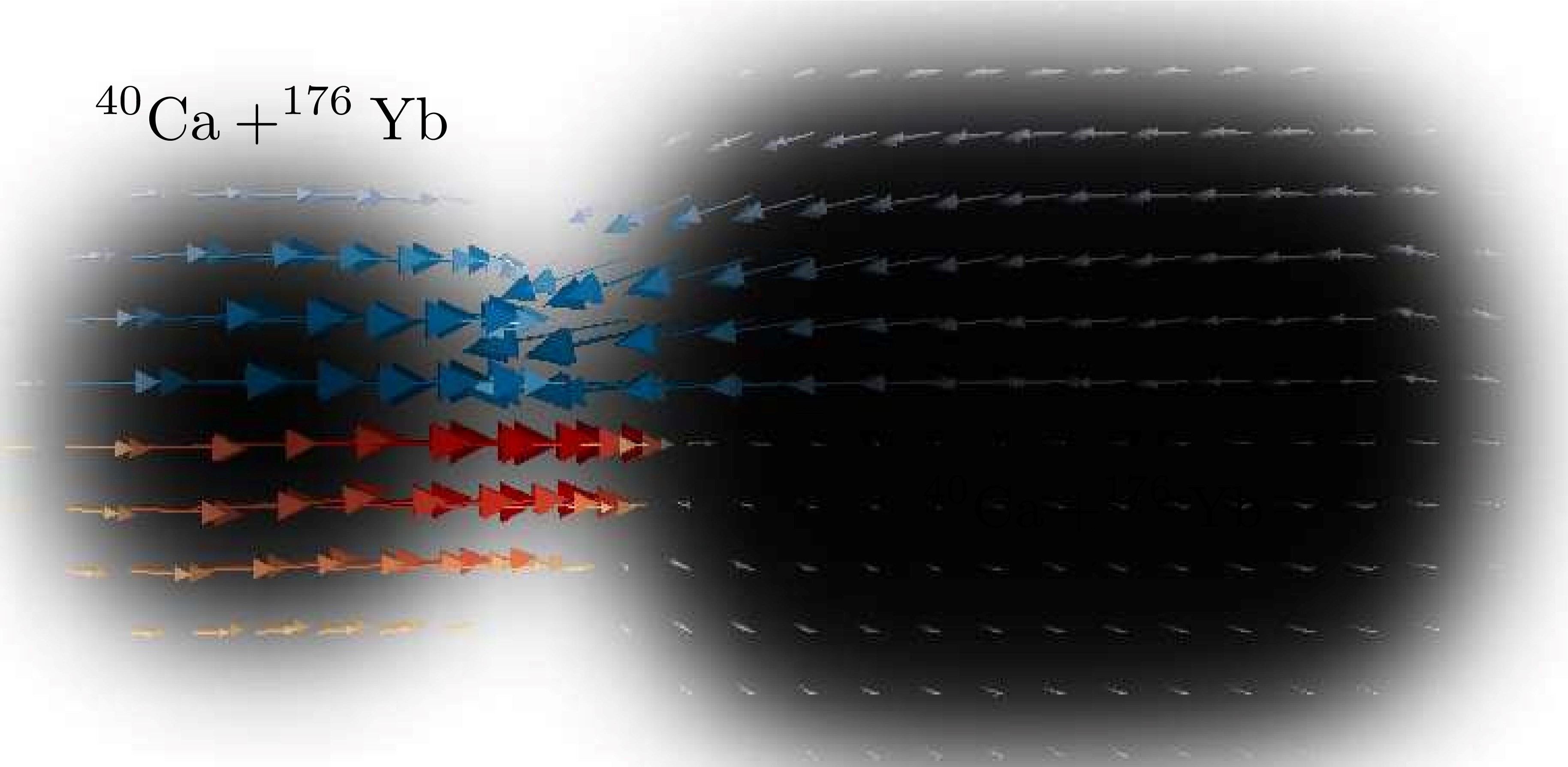Nasa Space Radiation Laboratory (NSRL)
| Application/Instrumentation: | NASA Space Radiation Laboratory (NSRL) |
| Developed at: | Brookhaven National Laboratory, Collider-Accelerator Department (C-AD) |
| Developed in: | Construction (1999 to 2003) was funded by NASA and the project was managed through the DOE Office of Nuclear Physics. |
| Result of NP Research: | Basic Nuclear Physics research |
| Application currently being supported by: | NASA (Operates parasitically off the Alternating Gradient Synchrotron (AGS) which is supported by the Office of Nuclear Physics) |
| Impact/benefit to spin-off field: | Only U.S. facility that can research the risks and mitigation techniques for human exposure to radiation in the space environment. Direct benefit to cancer therapy research. |
 |
| Figure1:NSRL Beam Line |
Because of increased human presence in space, the National Aeronautics and Space Administration (NASA) is working with Brookhaven National Laboratory to determine the risks to human beings exposed to space radiation and establish mitigation techniques. To study the radiobiological effects using beams that simulate the cosmic rays found in space, a new, $34 million NASA Space Radiation Laboratory (NSRL) was established at BNL. From 1995 until 2002, research with heavy ions was carried out at the AGS accelerator. To simulate the less than 1-GeV energy spectrum of galactic cosmic rays and solar radiation better, NASA and Brookhaven have worked together to build the NSRL based at the Booster accelerator. Jointly managed during the four-year construction by the U.S. Department of Energy’s Office of Science, Division of Nuclear Physics, and NASA’s Johnson Space Center, the new facility, commissioned in 2003, employs beams of heavy ions extracted from Brookhaven’s Booster accelerator. NSRL features its own beam line dedicated to radiobiology research, as well as state-of-the-art specimen-preparation areas.



